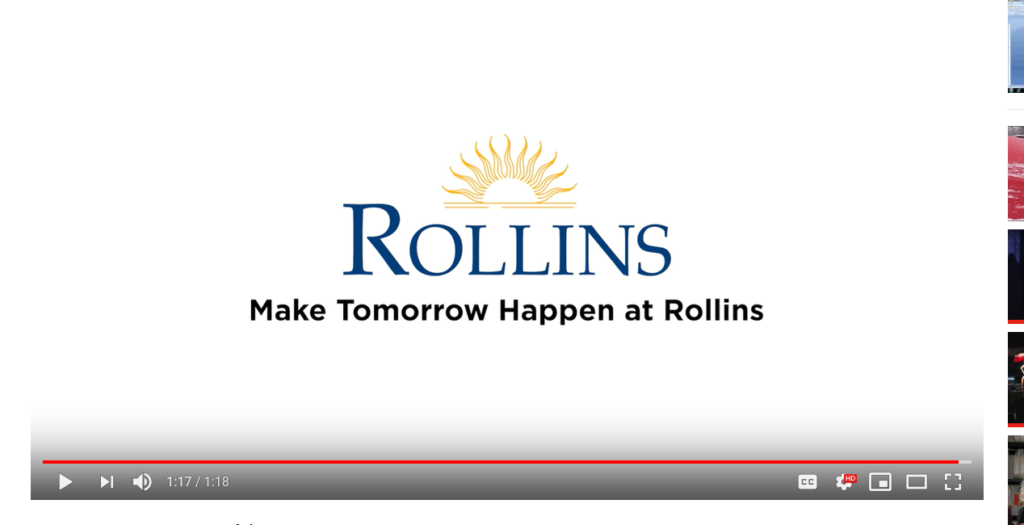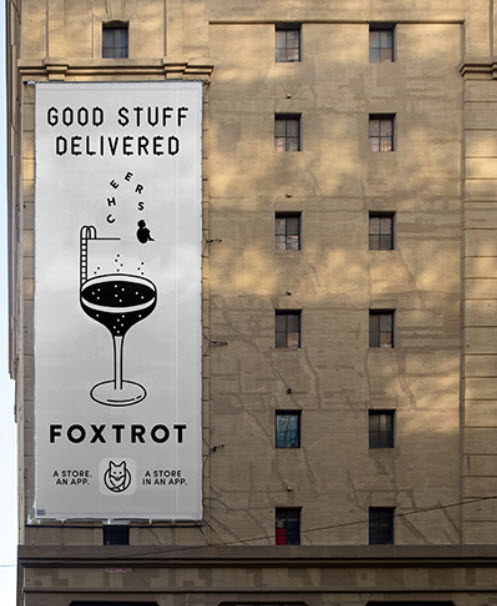Heineken Light’s New Campaign.
Heineken Light is launching a new ad campaign. All the stories will be about new spokesman Neil Patrick Harris, Wieden+Kennedy and the advertising poking fun at the fact that one can’t drink beer on a TV commercial. Mr. Harris drinks and slurps off camera.
According to Heineken USA CMO Nuno Teles “Everything in marketing should start with a consumer insight.” The one he identified to Stuart Elliott of the NY Times was that “40% of 21-27 year old consumers desire a light beer with a full taste.” Some quick research suggests there are 25 million 18-24 year olds in the US, so let’s say there are about the same number of 21-27 year olds. Forty percent of that number is 10M. In a country of 300M, that leaves a lot of beer on the table. But I agree that taste for a premium light makes sense. The fact that Barney from “How I met your mother” craves Heineken Light on a TV commercial, though, doesn’t quite set the “taste” hook for me. I’m not sure if he says anything about the new Cascade Hops, but I surely hope so.
Behavioral brand planners will ask how do we get consumers to change beer brands? The answer is, get them to try it and like it. Also, give them a reason to expect to like it. Not sure drinking what Barney drinks is that reason. Peace!
P.S. Wieden knows what they are doing and they know advertising, so let’s wait until the barrel counts start coming in. This is just my expectation of success.




